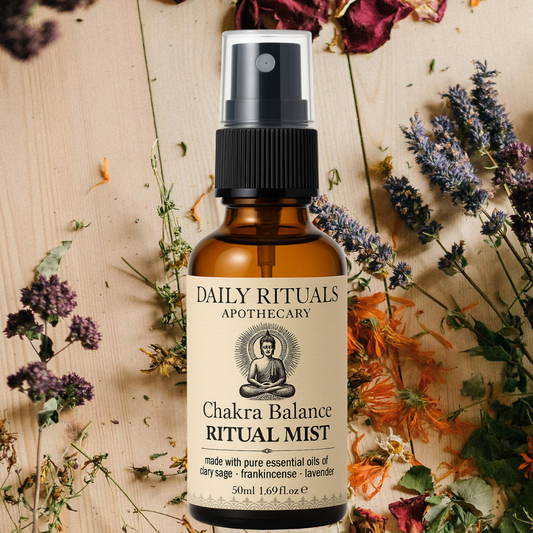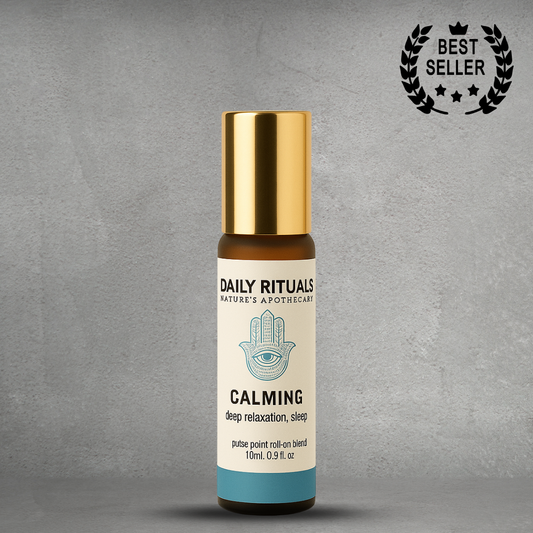Holistic Sleep: Combining Science and Ritual for Deep Rest
Sleep isn’t just about quantity—it’s about quality. As insomnia, burnout, and nighttime anxiety continue to rise in 2025, holistic sleep solutions are gaining traction. These approaches combine ancient wisdom and modern science to optimize circadian rhythms and encourage deep, restorative rest.
Circadian rhythm optimization is central to this trend. Your internal body clock, or circadian rhythm, governs when you feel sleepy or alert. Light exposure, screen habits, eating times, and stress all influence its function. When your circadian rhythm is out of sync, it can disrupt melatonin production and cortisol regulation, leading to shallow or broken sleep.
One key tip: expose your eyes to natural sunlight within the first hour of waking. It helps set the sleep-wake cycle and supports melatonin release at night. Reducing screen exposure after sunset or using blue-light blockers can also help.
Biohacking sleep goes hand-in-hand with ritual. Breathwork, like box breathing or 4-7-8 technique, activates the parasympathetic nervous system. Aromatherapy—particularly with oils like lavender, frankincense, or clary sage—can enhance relaxation and signal safety to the brain.
Here’s a simple ritual:
-
Dim the lights 1 hour before bed
-
Mist your pillow with a calming essential oil spray
-
Apply a roller blend to pulse points (wrists, temples)
-
Take 10 deep, slow breaths
-
Reflect with a gratitude prompt or journal
This kind of wind-down routine tells your brain it’s safe to switch off. Over time, it becomes a powerful cue for sleep.
In 2025, people are moving beyond quick fixes and pills. They want sleep practices that align body, mind, and spirit—because deep rest isn’t a luxury, it’s essential for emotional and physical health.









